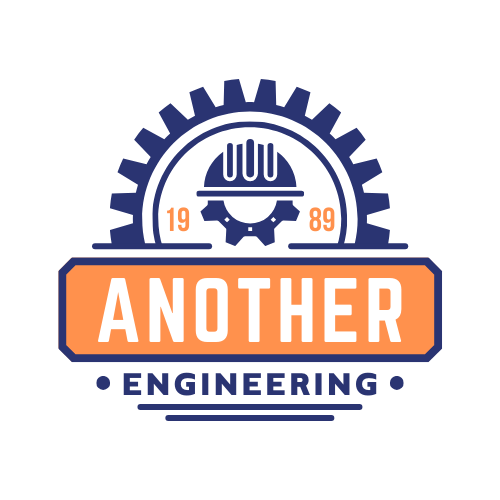Optimizing Distillation Columns in Aspen HYSYS: A Comprehensive Guide
Distillation is a cornerstone of separation processes in the chemical industry. Optimizing distillation columns is crucial for maximizing efficiency, minimizing costs, and ensuring product quality. Aspen HYSYS, a powerful process simulation software, provides robust tools for optimizing distillation column performance. This blog post guides you through the steps involved in optimizing a distillation column in Aspen HYSYS.
Understanding the Problem:
Before diving into HYSYS, it’s essential to clearly define your optimization goals. What aspects of the column do you want to improve? Common objectives include:
- Minimizing energy consumption: Reducing reboiler heat duty and condenser cooling duty.
- Maximizing product purity: Achieving desired purities in distillate and bottoms streams.
- Optimizing operating costs: Balancing energy consumption with other costs like feedstock and equipment maintenance.
- Increasing throughput: Processing more feed while maintaining product quality.
Building the Model:
- Define Components and Properties: Specify the components in your feed mixture and their properties using Aspen HYSYS’ extensive property database or by entering custom data.
- Create the Flowsheet: Add the distillation column unit block to your flowsheet. Specify the operating conditions like pressure, feed flow rate, and composition. Define the product streams, specifying their desired purities or recovery targets.
- Set Up Simulation Options: Choose an appropriate thermodynamic model that accurately represents the phase behavior of your system. Select convergence criteria and simulation tolerances.

Optimization Setup:
- Define Variables: Identify the decision variables you want to optimize. These can include:
- Reboiler heat duty
- Condenser cooling duty
- Reflux ratio
- Number of stages
- Feed stage location
- Set Objective Function: Define the mathematical function you want to minimize or maximize based on your optimization goals. For example, to minimize energy consumption, the objective function could be the sum of reboiler and condenser duties.
- Specify Constraints: Impose limitations on your variables to ensure realistic operation. These can include:
- Product purity specifications
- Equipment capacity limitations
- Minimum/maximum pressure and temperature limits
Running the Optimization:
- Choose an Optimization Method: Aspen HYSYS offers various optimization algorithms, each with its strengths and limitations. Common choices include:
- Sequential Quadratic Programming (SQP): Efficient for smooth objective functions with continuous variables.
- Generalized Reduced Gradient (GRG): Handles mixed-integer problems with both continuous and discrete variables (like number of stages).
- Run the Optimization: Initiate the optimization process. HYSYS will iteratively adjust the decision variables within the specified constraints to achieve the optimal solution based on your objective function.
Analyzing Results:
- Review Optimal Values: HYSYS displays the optimized values for the decision variables.
- Evaluate Performance: Analyze the simulation results at the optimal conditions. This includes:
- Product purities and recoveries
- Energy consumption (reboiler and condenser duties)
- Other performance metrics relevant to your goals
- Sensitivity Analysis: Perform sensitivity analysis to understand how changes in individual parameters (e.g., feed composition, pressure) affect the optimal solution and objective function value.
Additional Tips:
- Start with a Simple Model: Begin with a simplified model to understand the basic optimization workflow before tackling complex scenarios.
- Validate the Model: Ensure your model accurately reflects the real-world behavior of the distillation column by comparing simulation results with plant data.
- Use Engineering Judgment: While HYSYS provides powerful tools, engineering judgment remains crucial. Analyze the results critically and consider practical limitations not explicitly captured in the model.
Conclusion:
Optimizing distillation columns in Aspen HYSYS empowers you to make informed decisions about operating conditions, leading to improved process efficiency, cost reduction, and enhanced product quality. By following these steps and incorporating best practices, you can effectively leverage HYSYS to optimize your distillation column performance.
Note: This blog post provides a general overview. The specific steps and functionalities may vary depending on your Aspen HYSYS version and the complexity of your distillation column. It’s recommended to consult the Aspen HYSYS documentation and relevant tutorials for detailed instructions and advanced optimization techniques.

